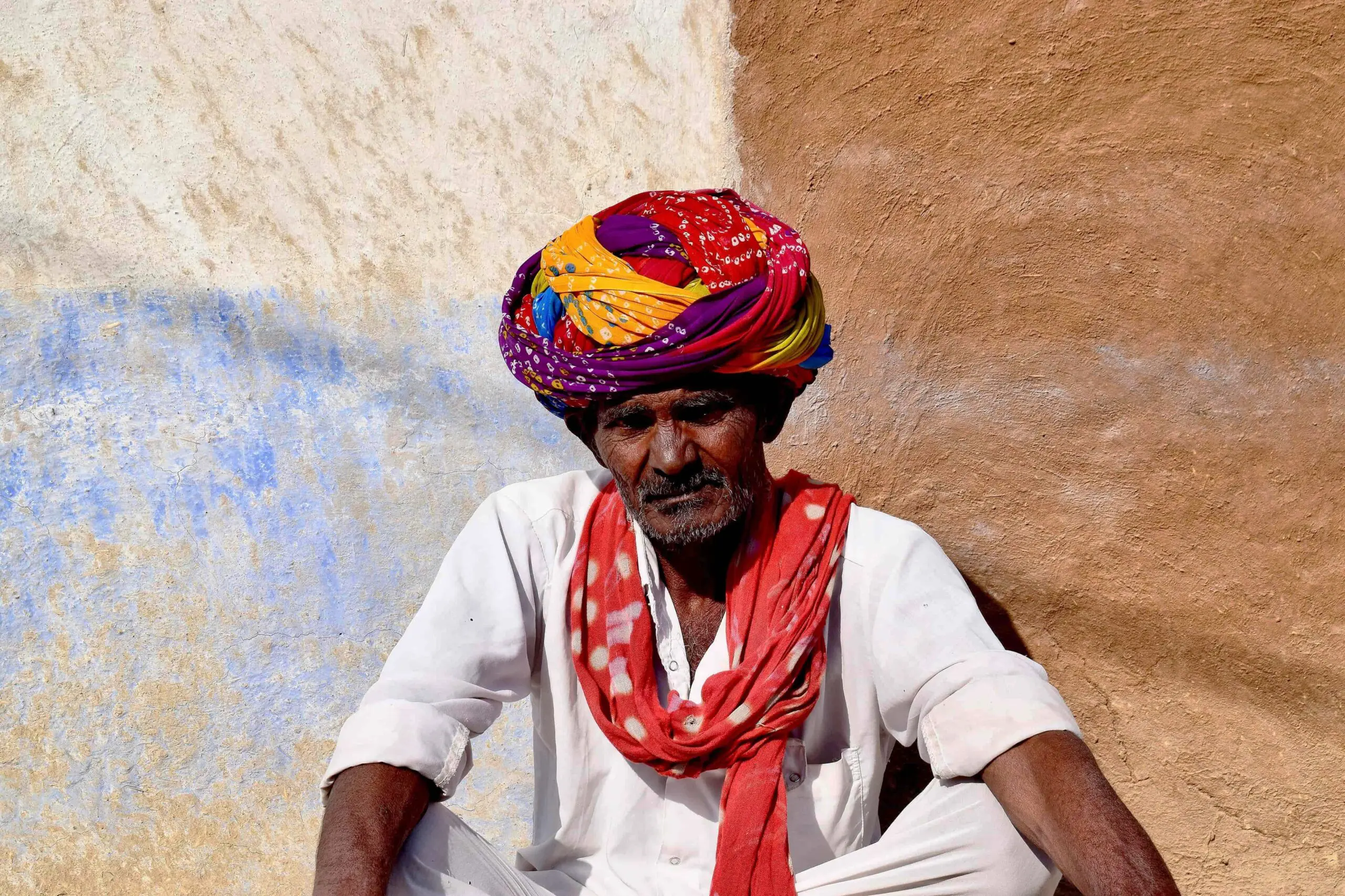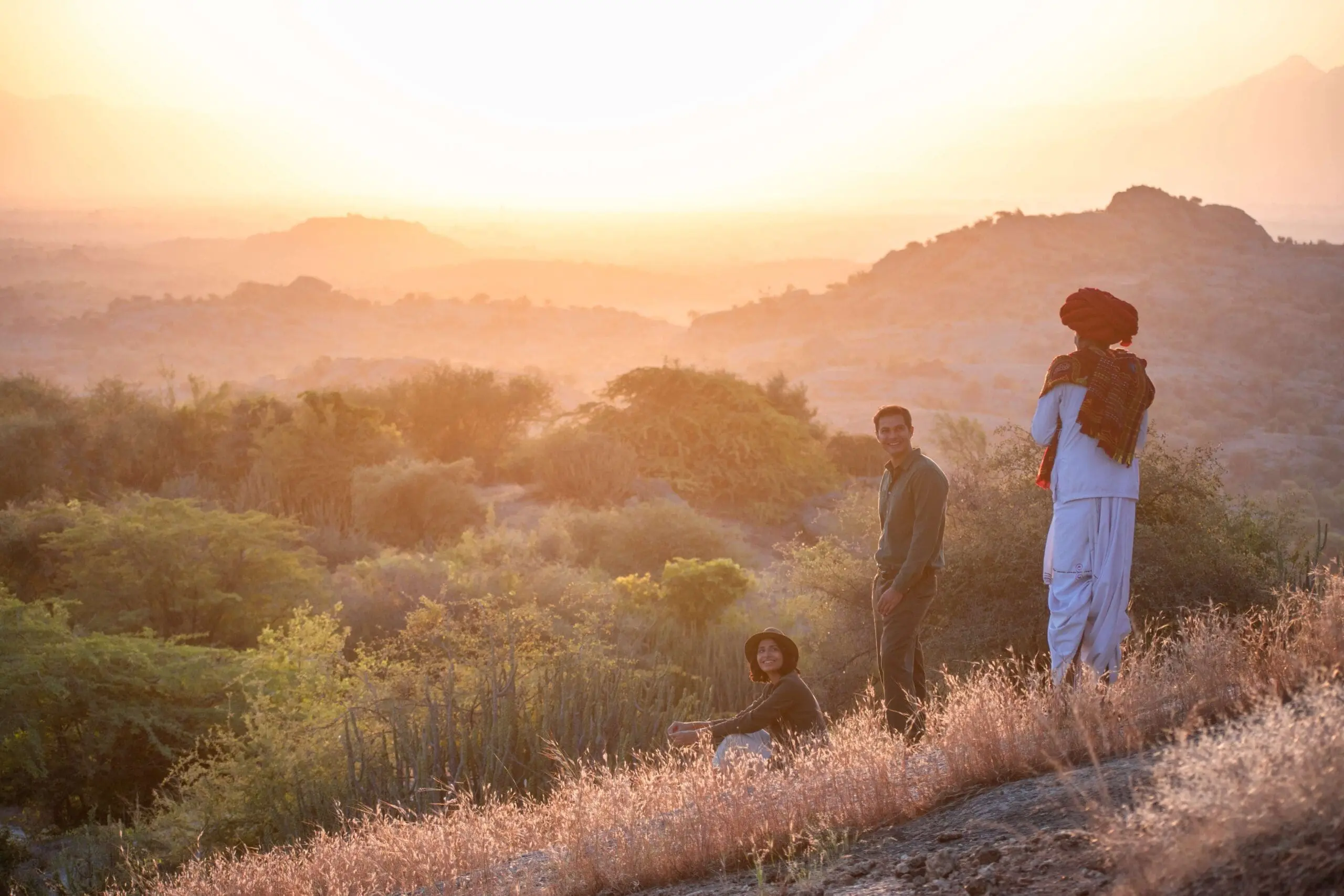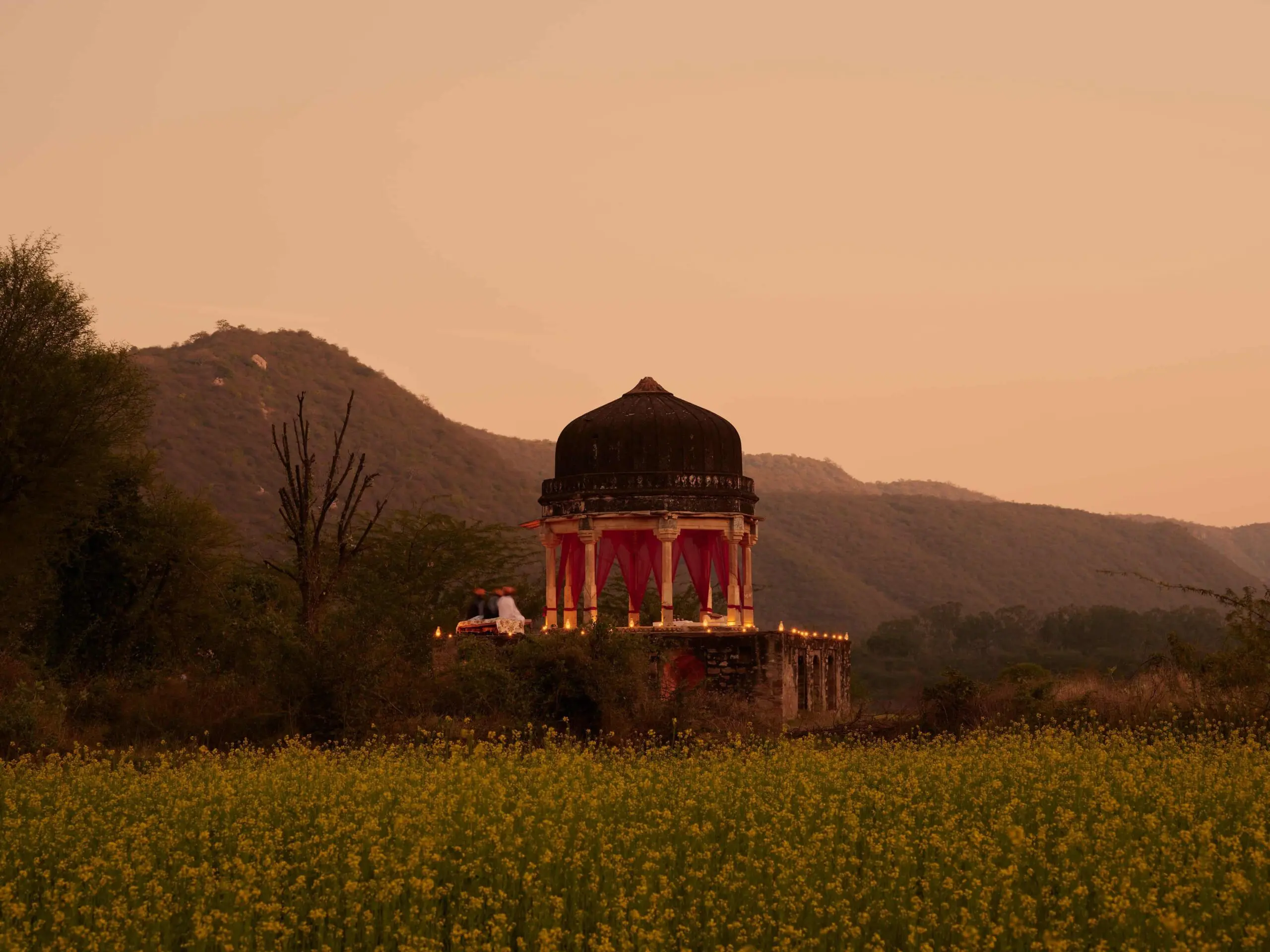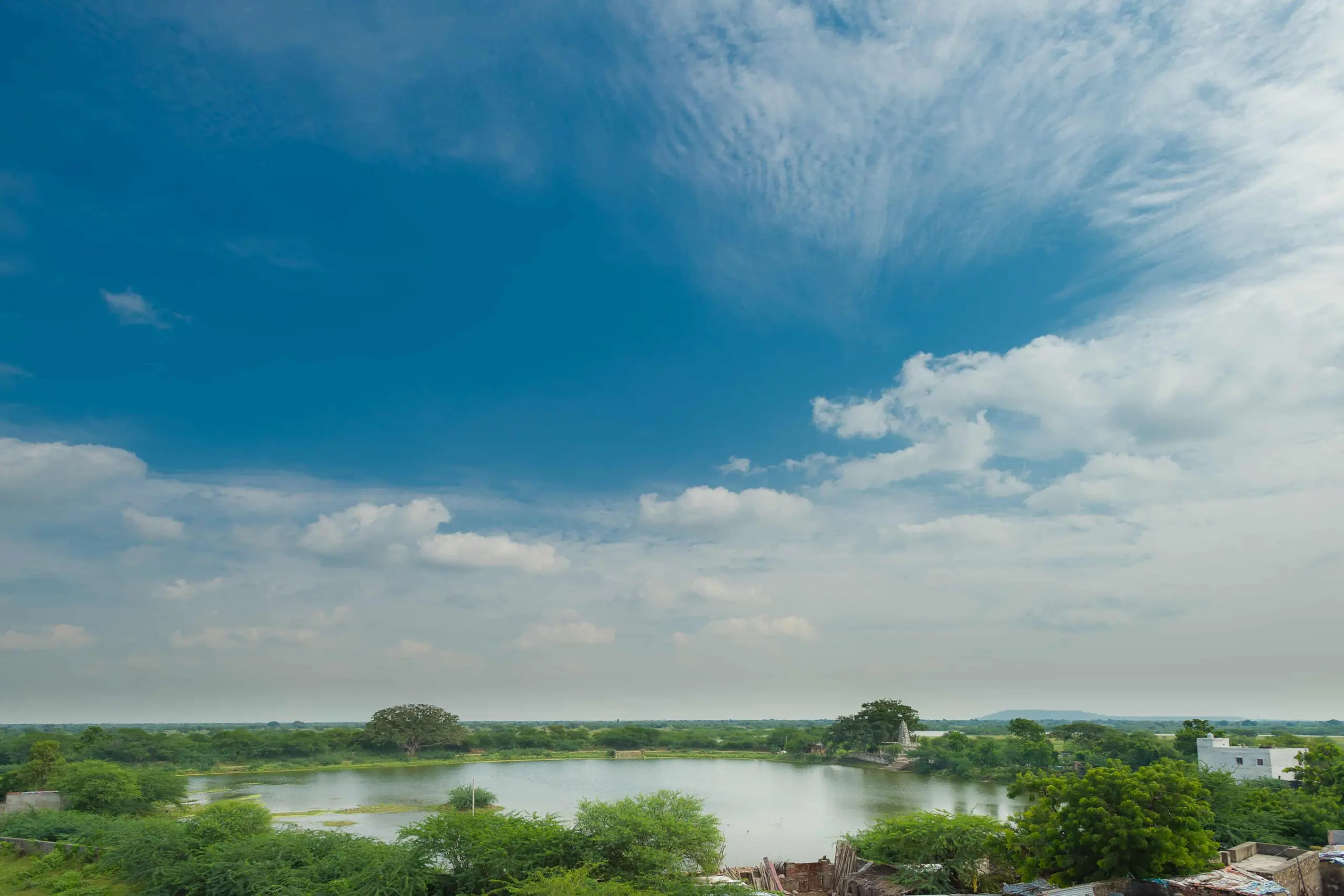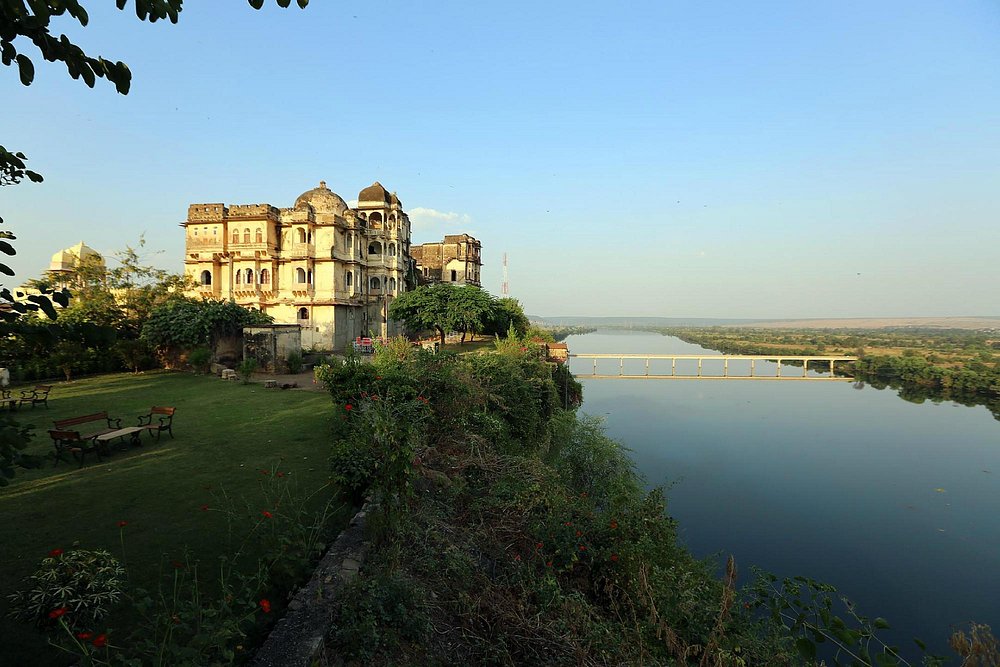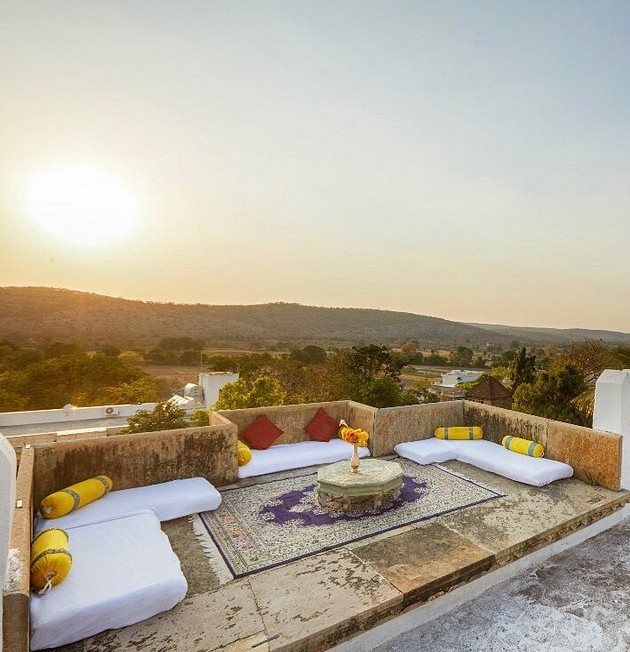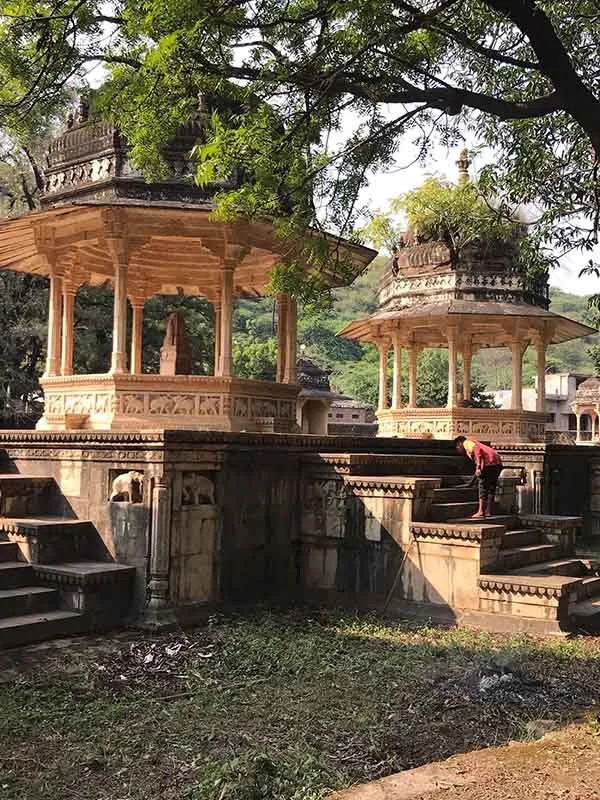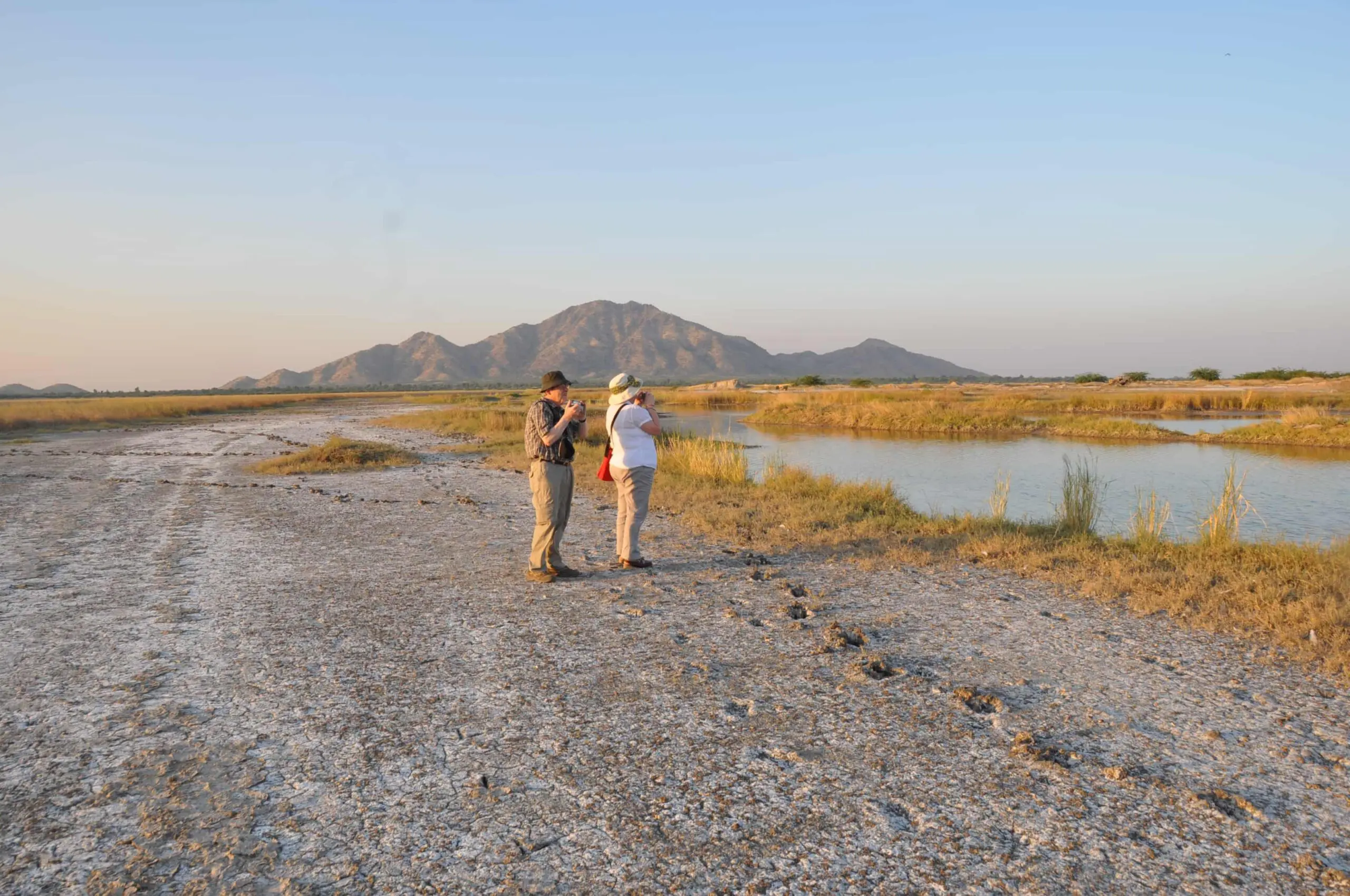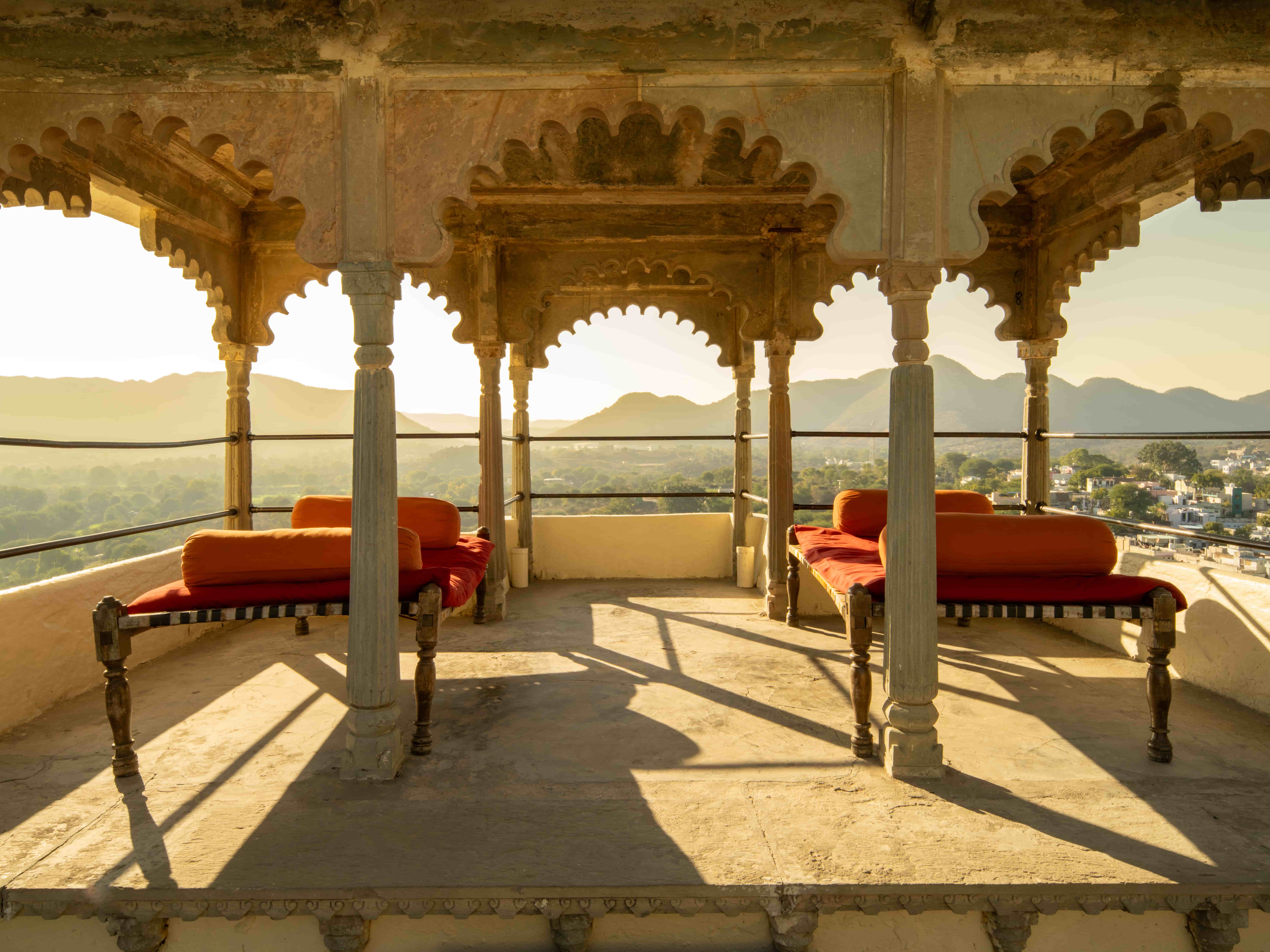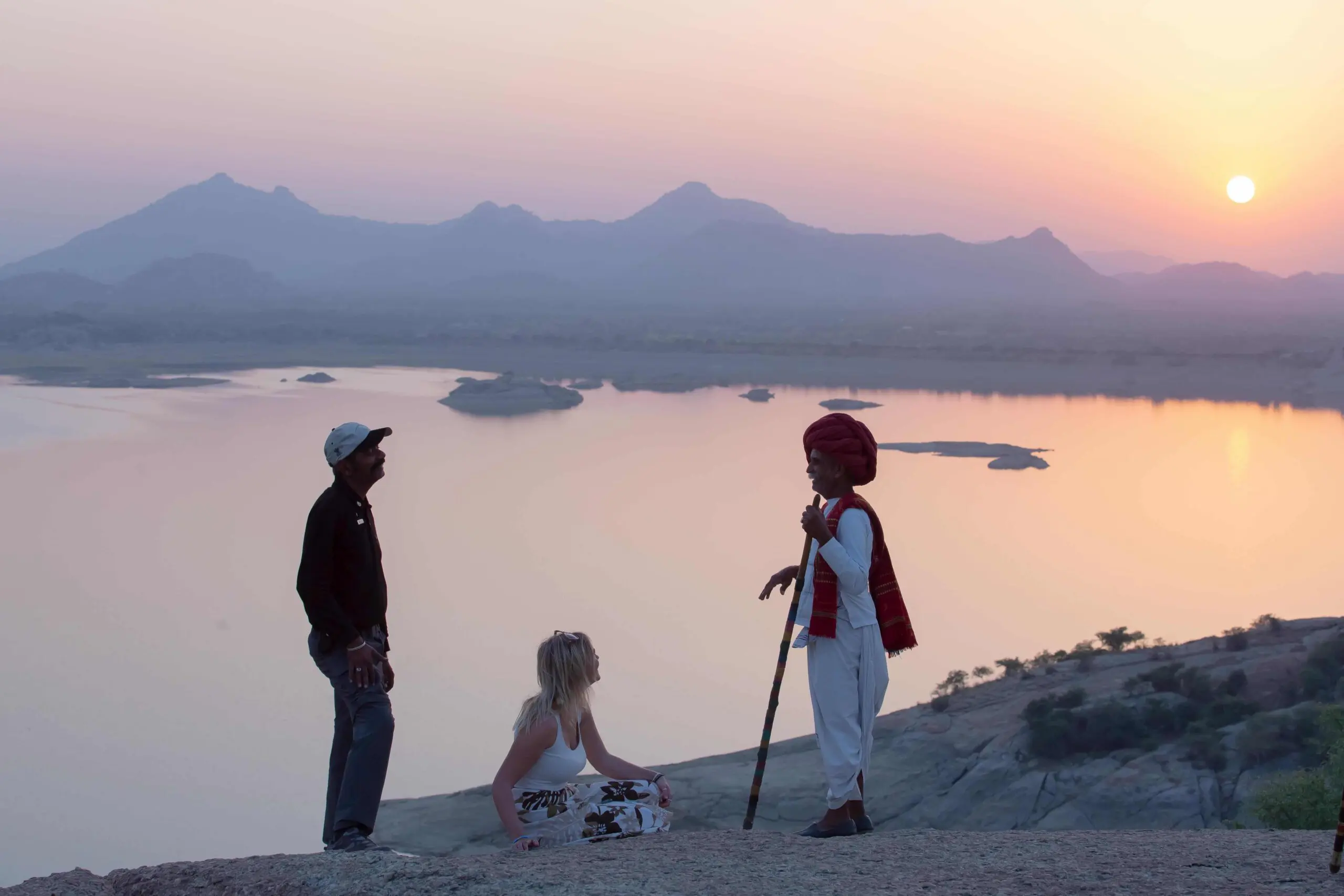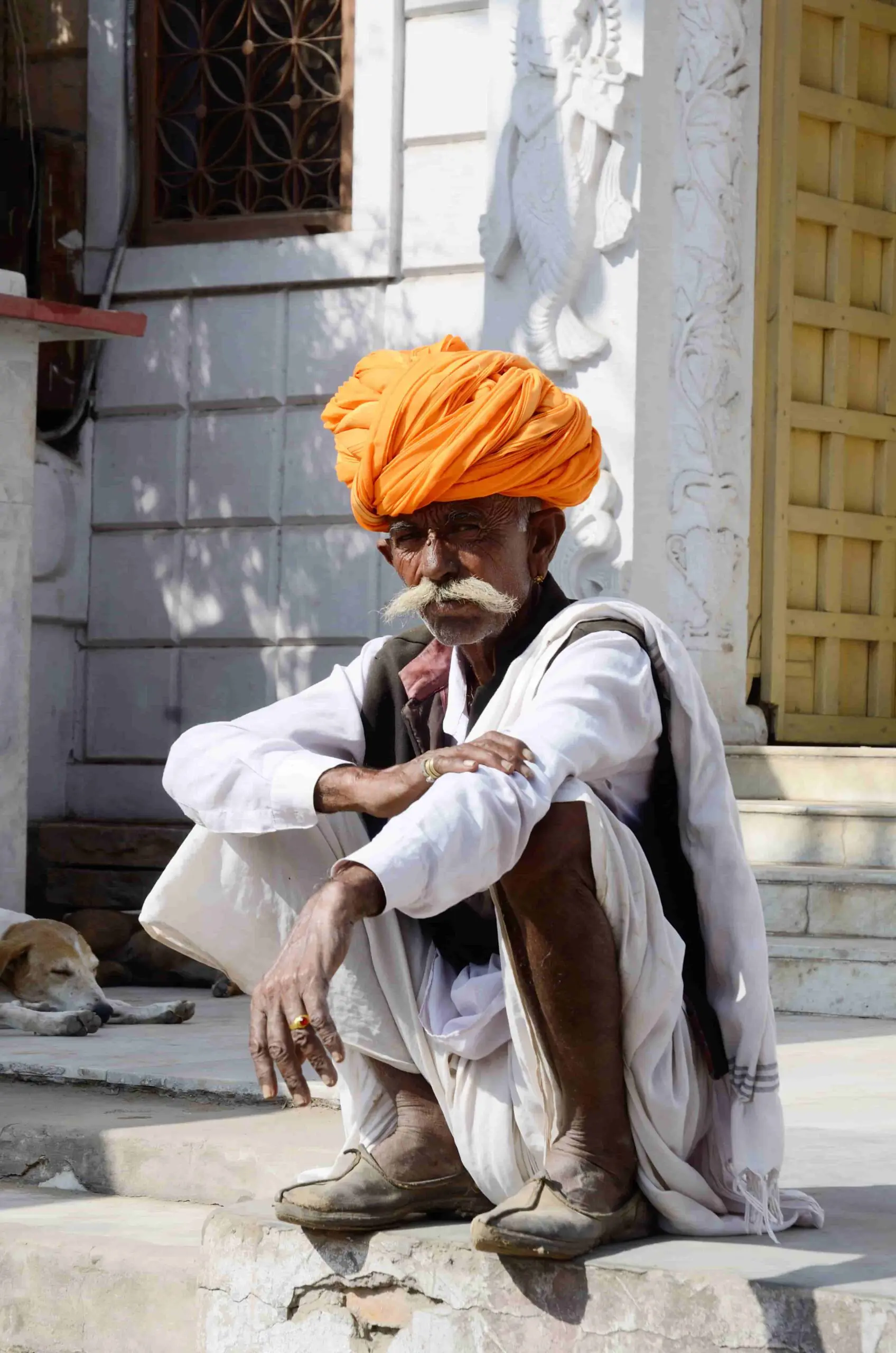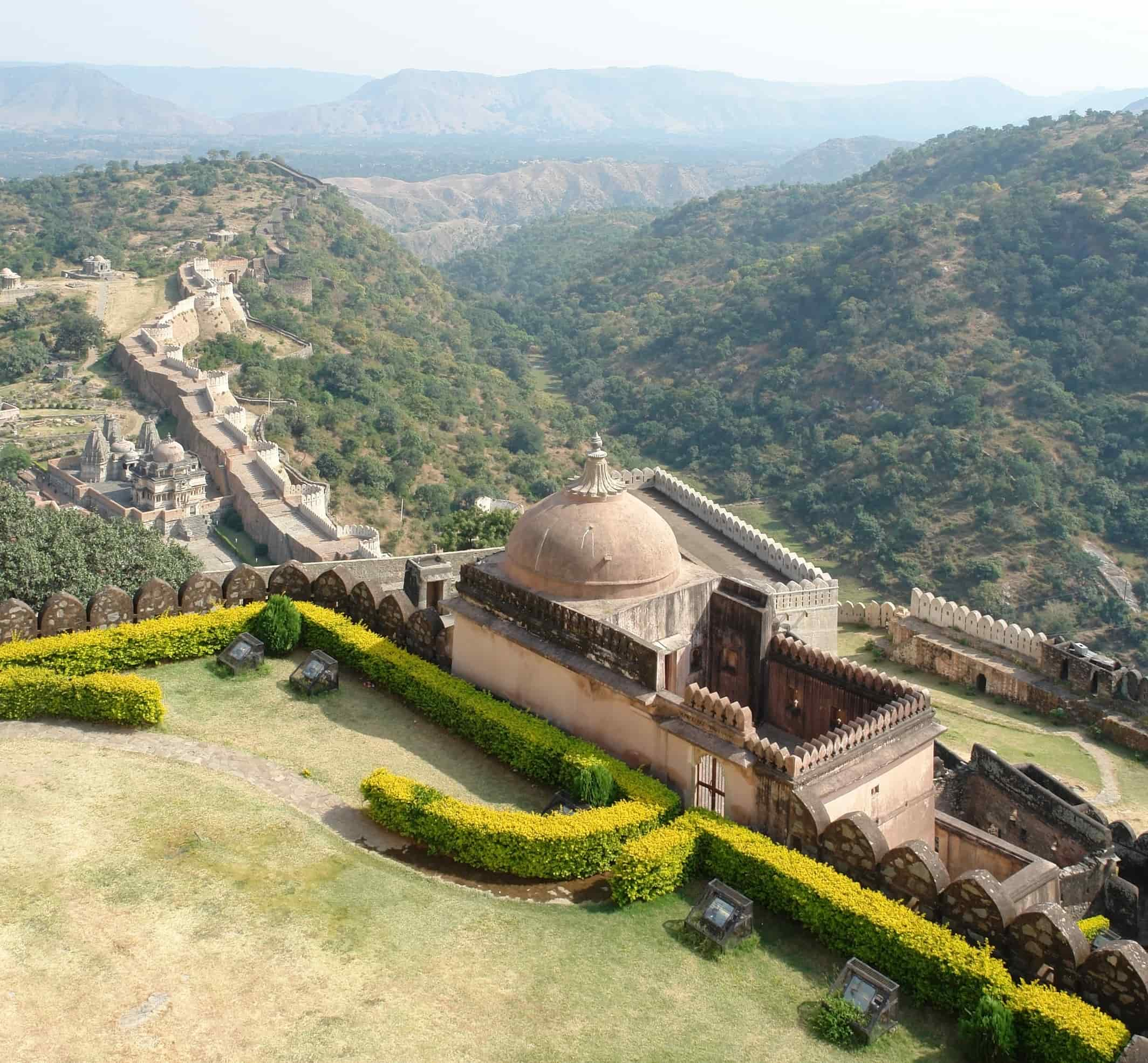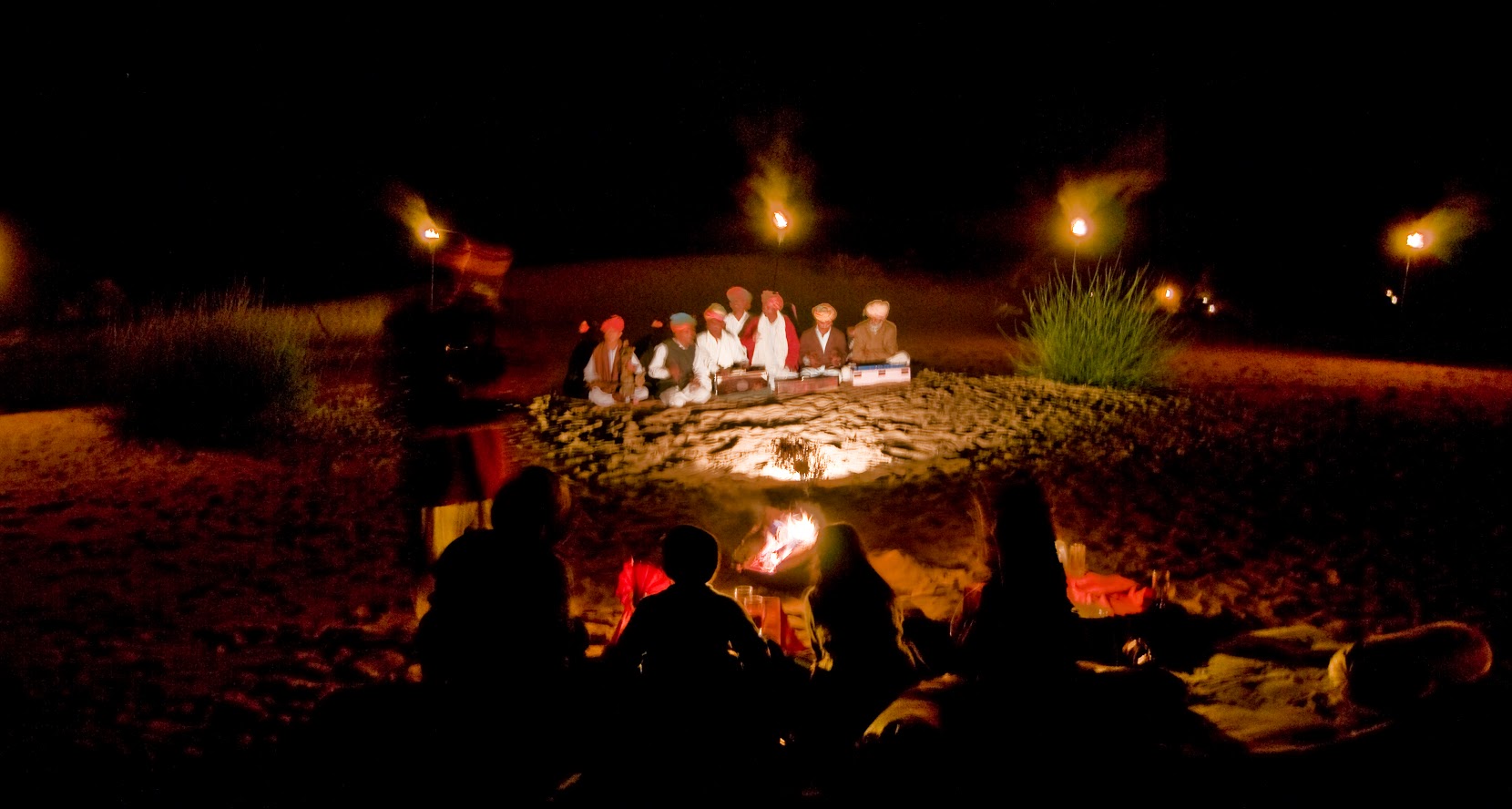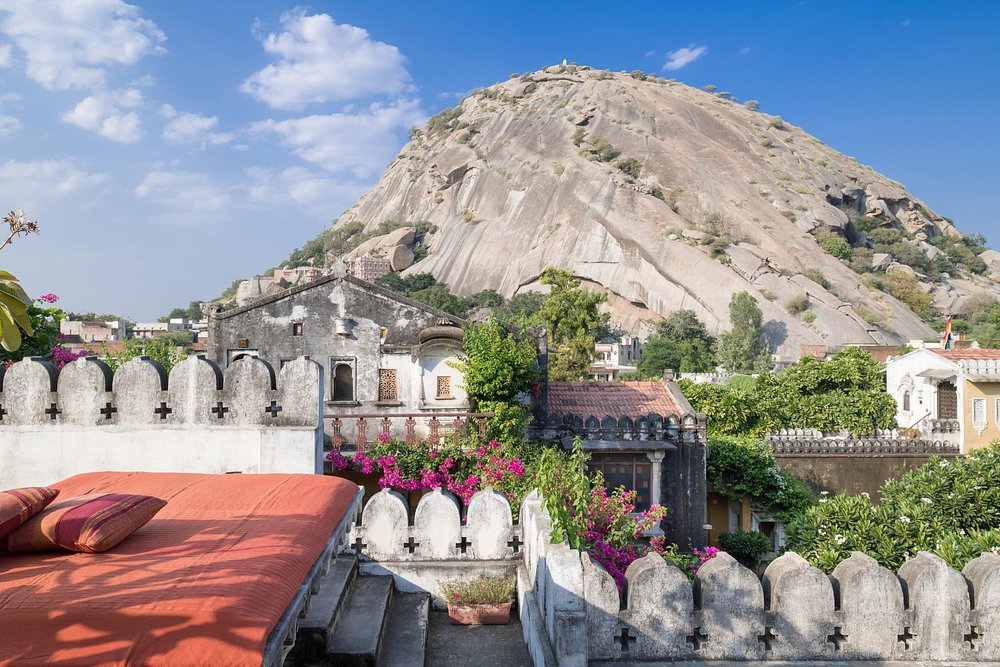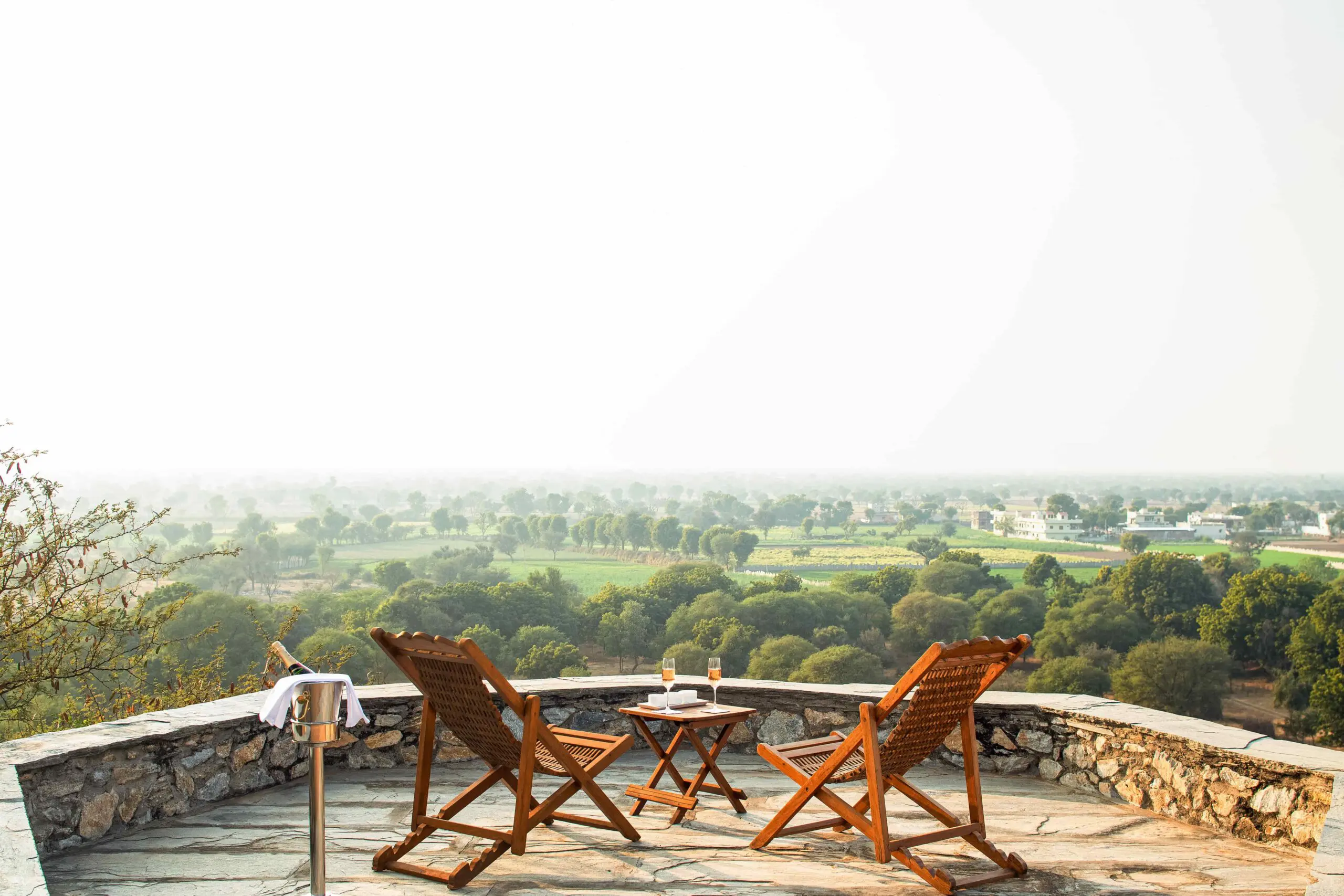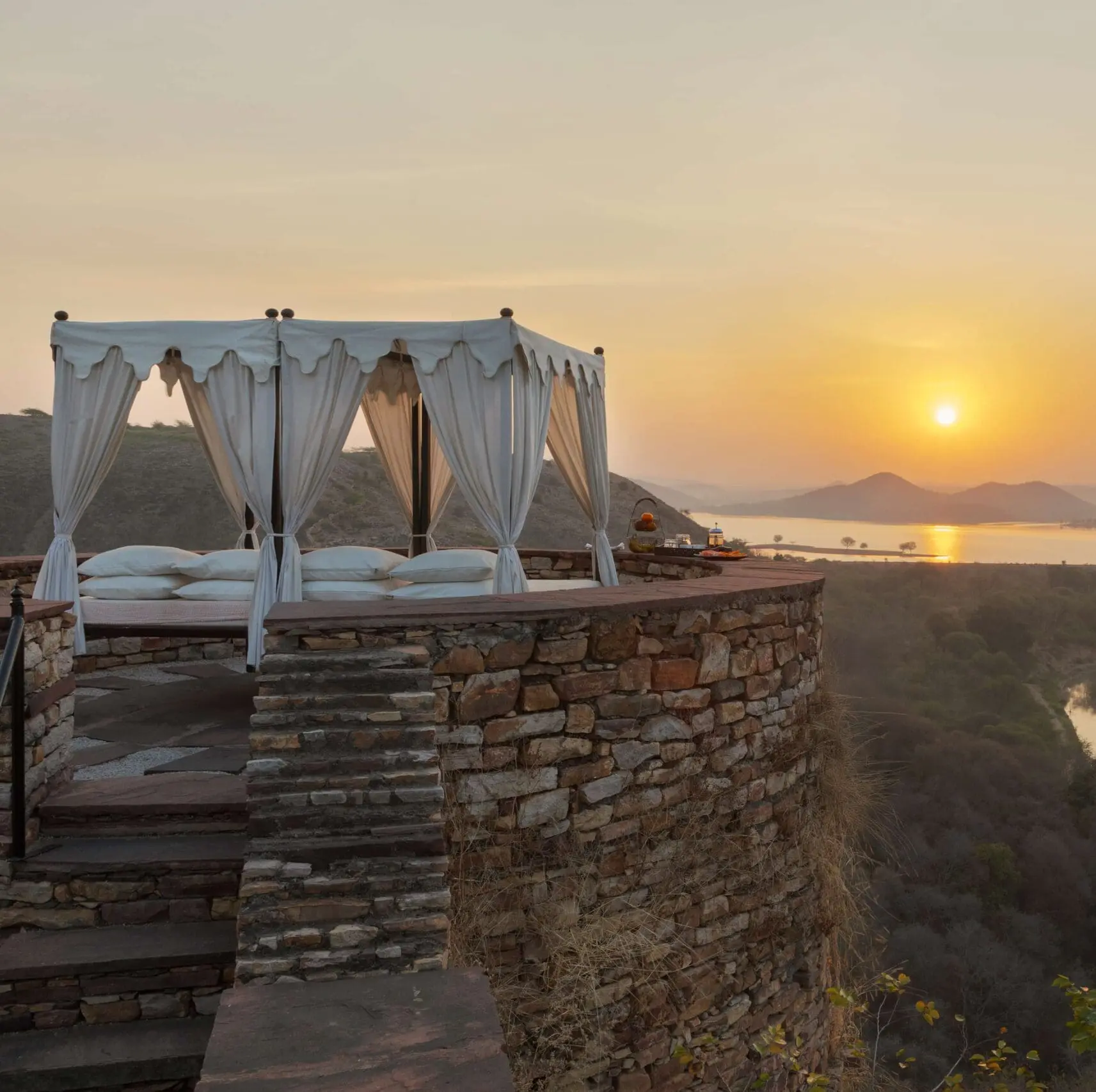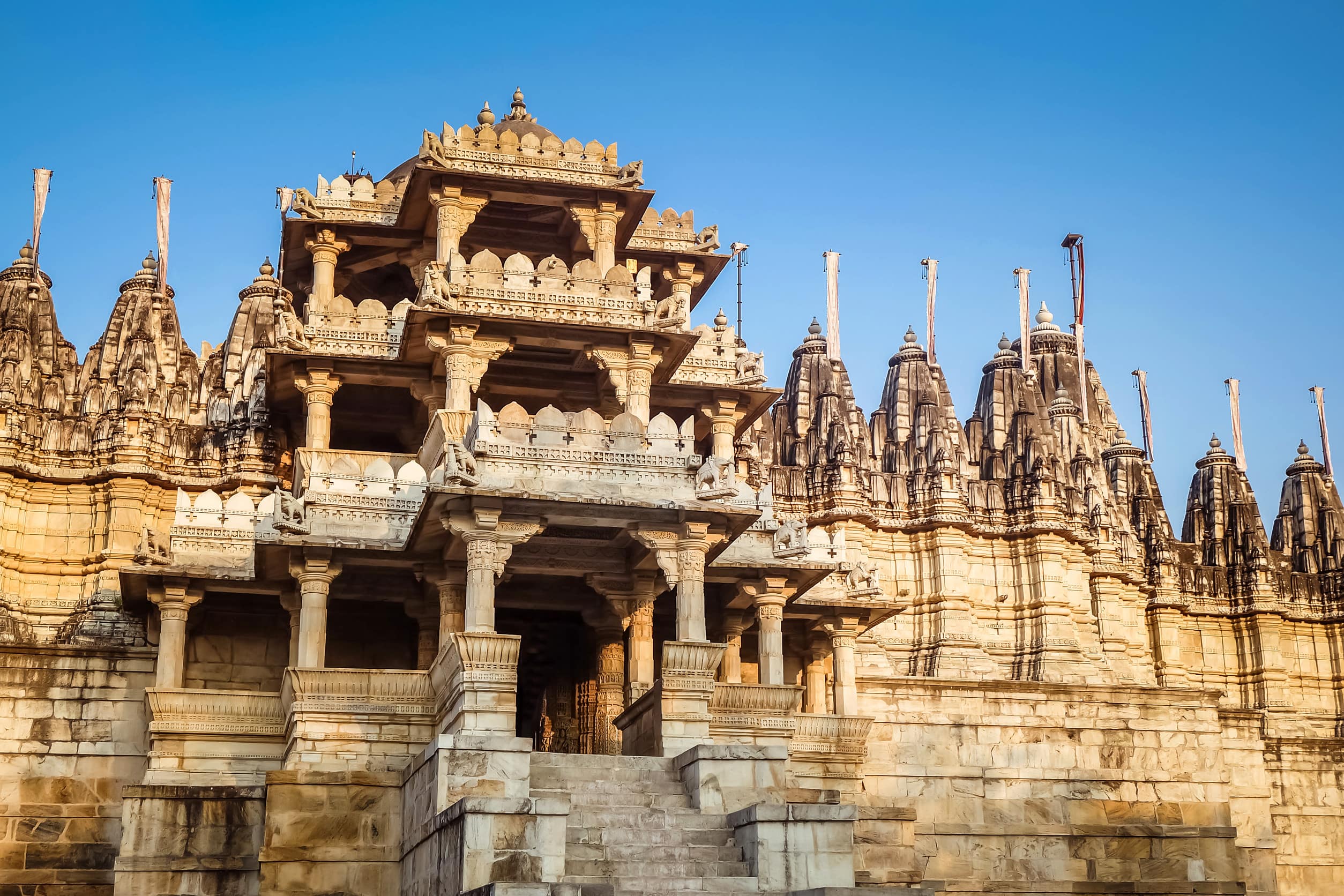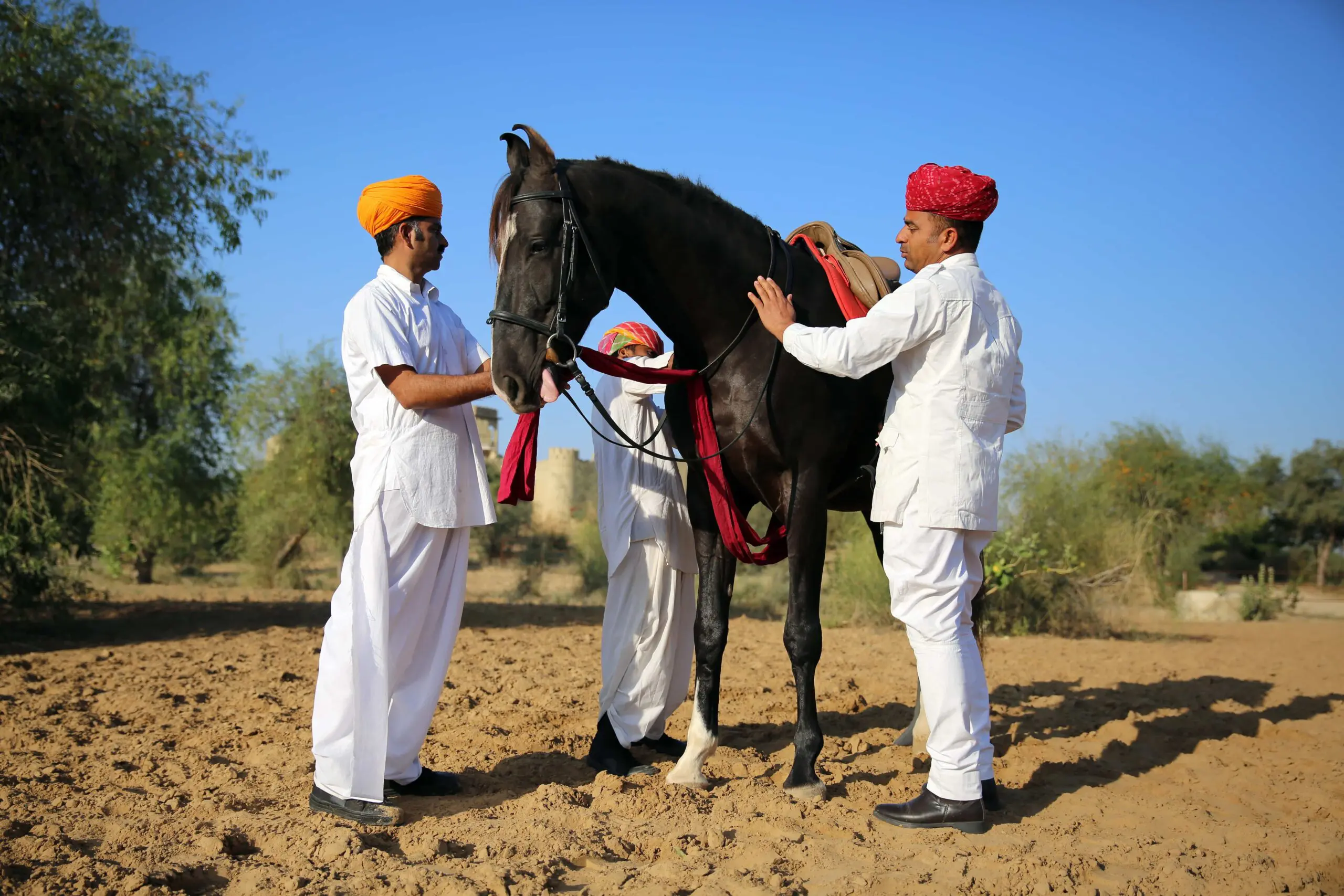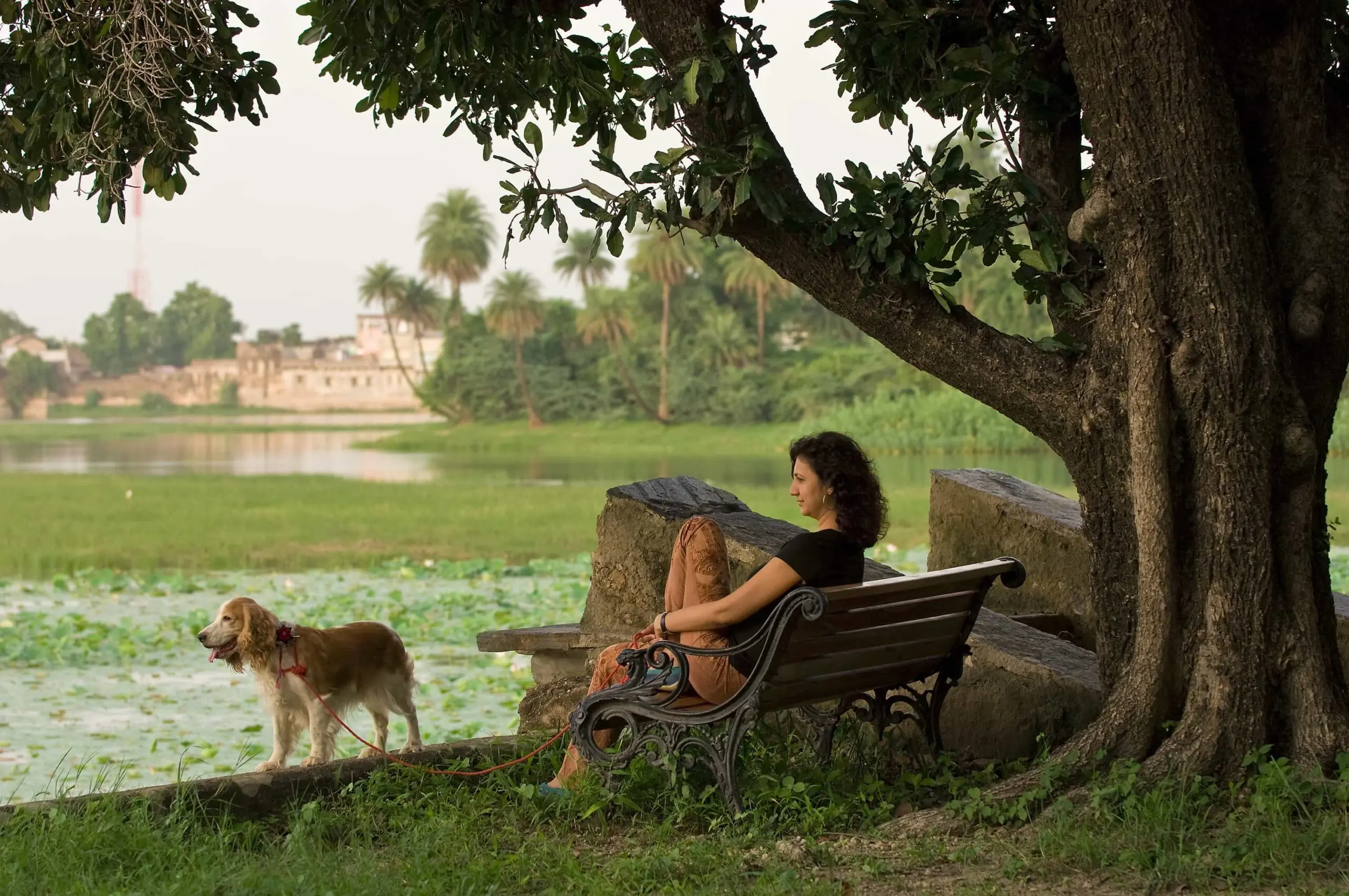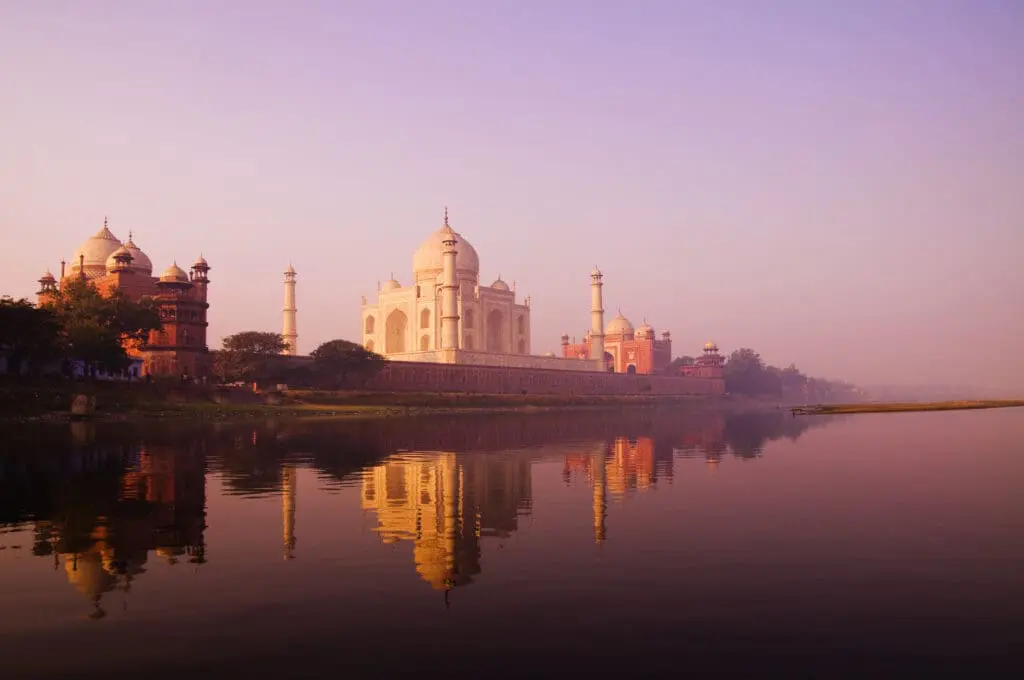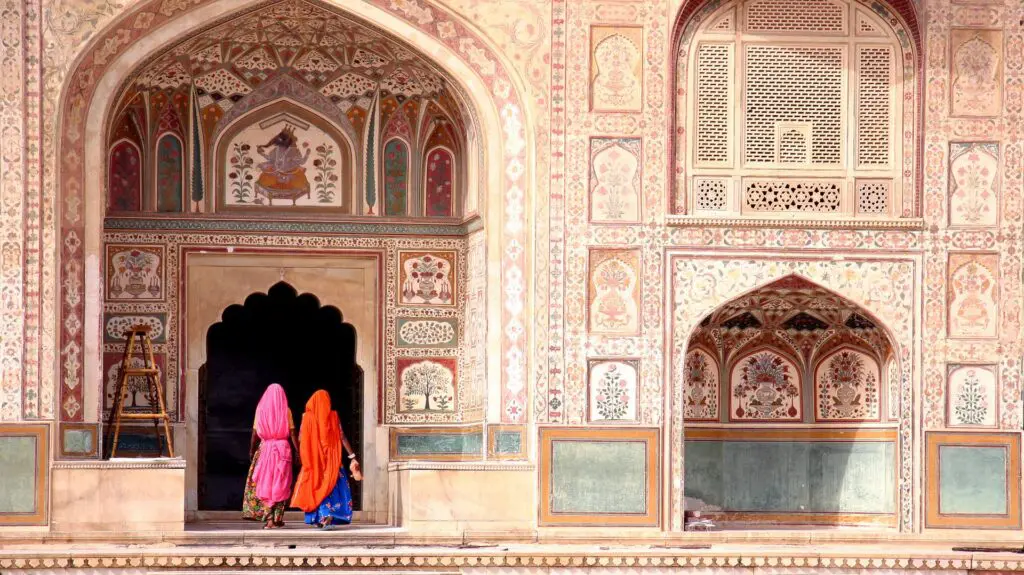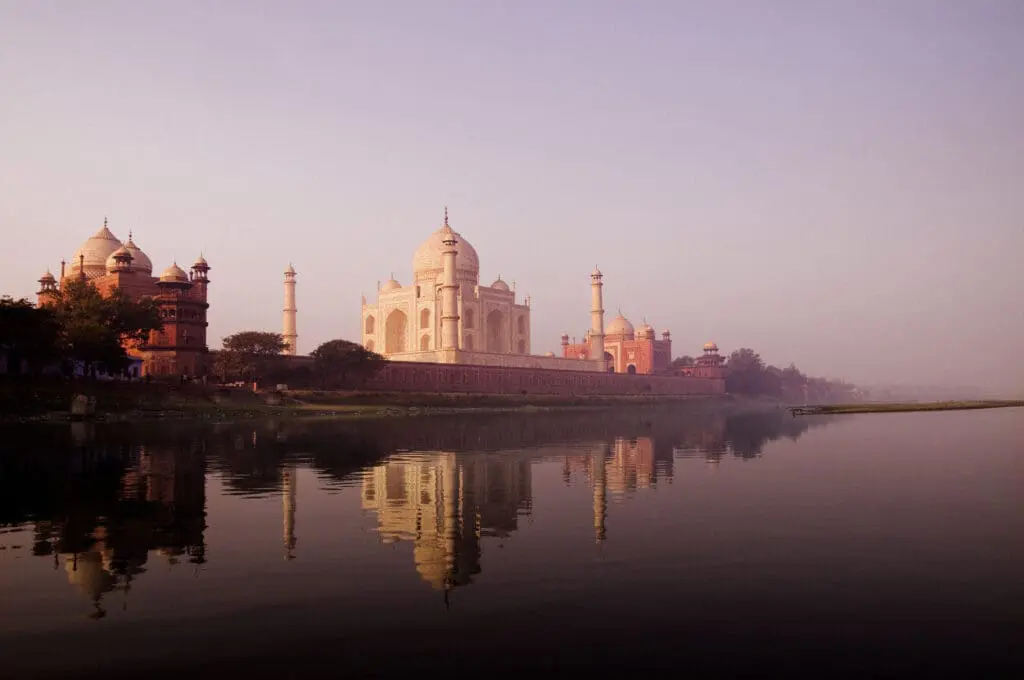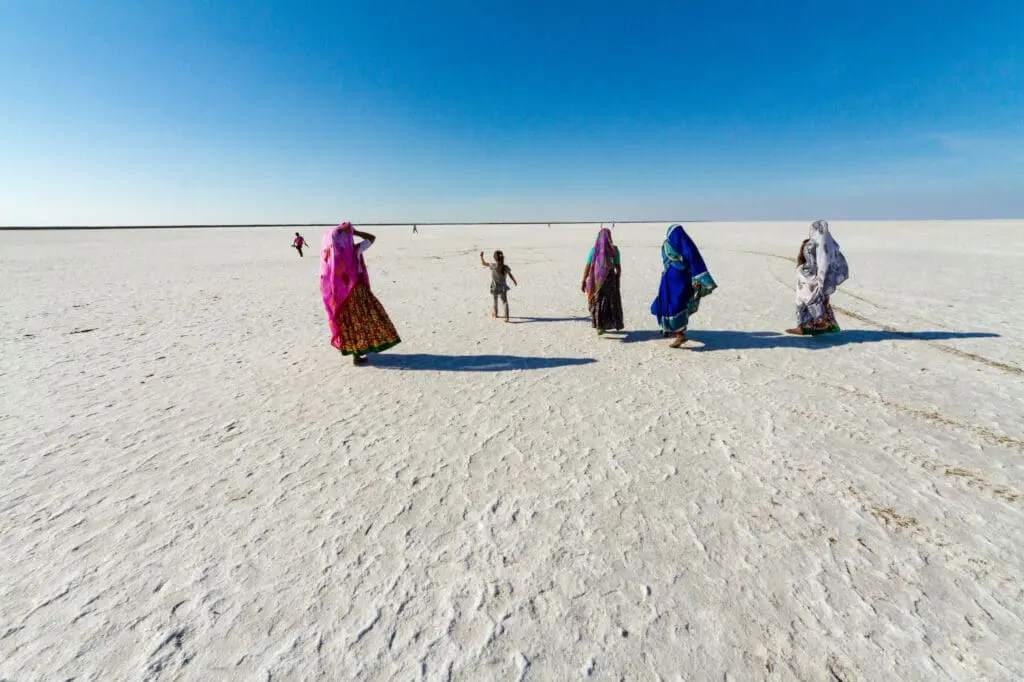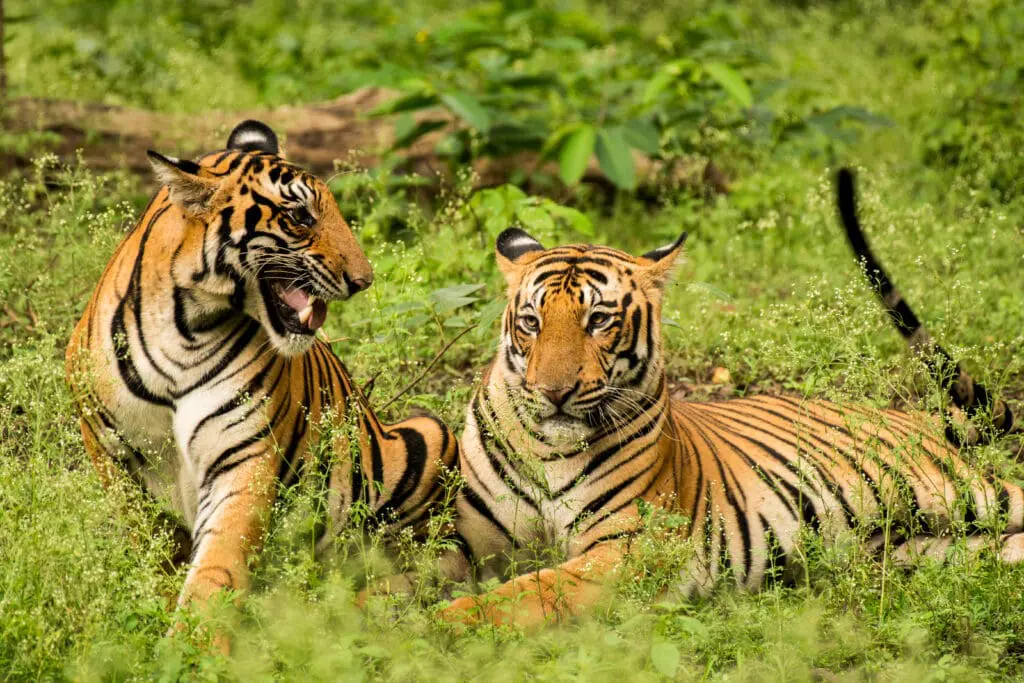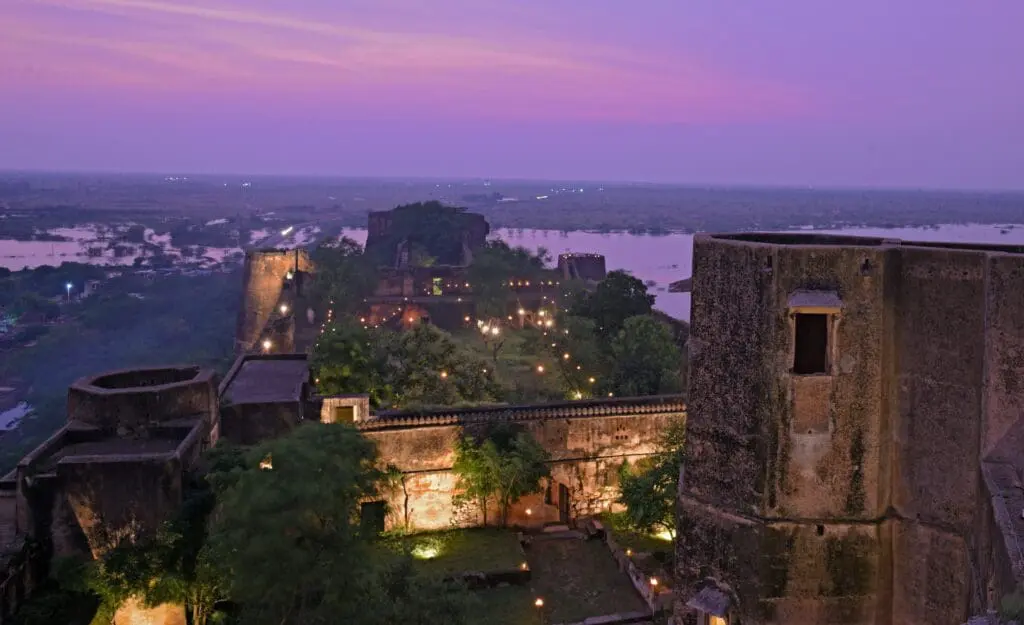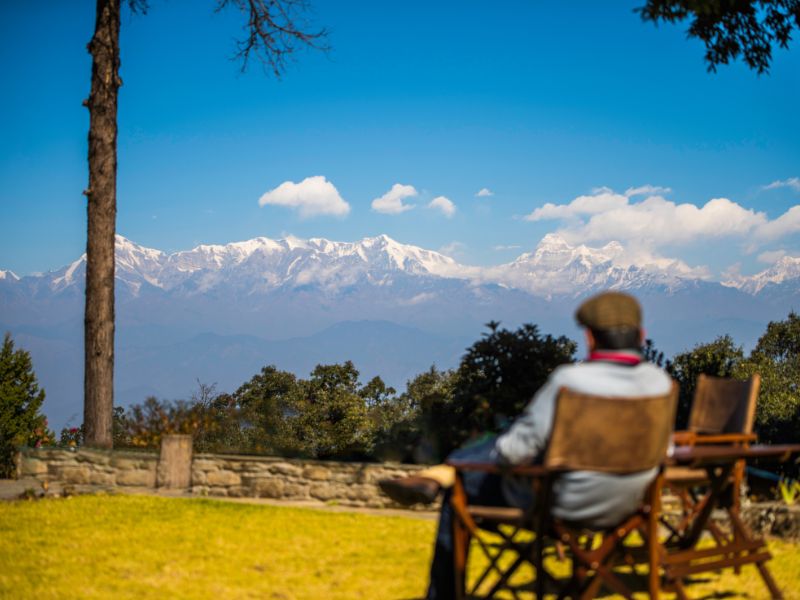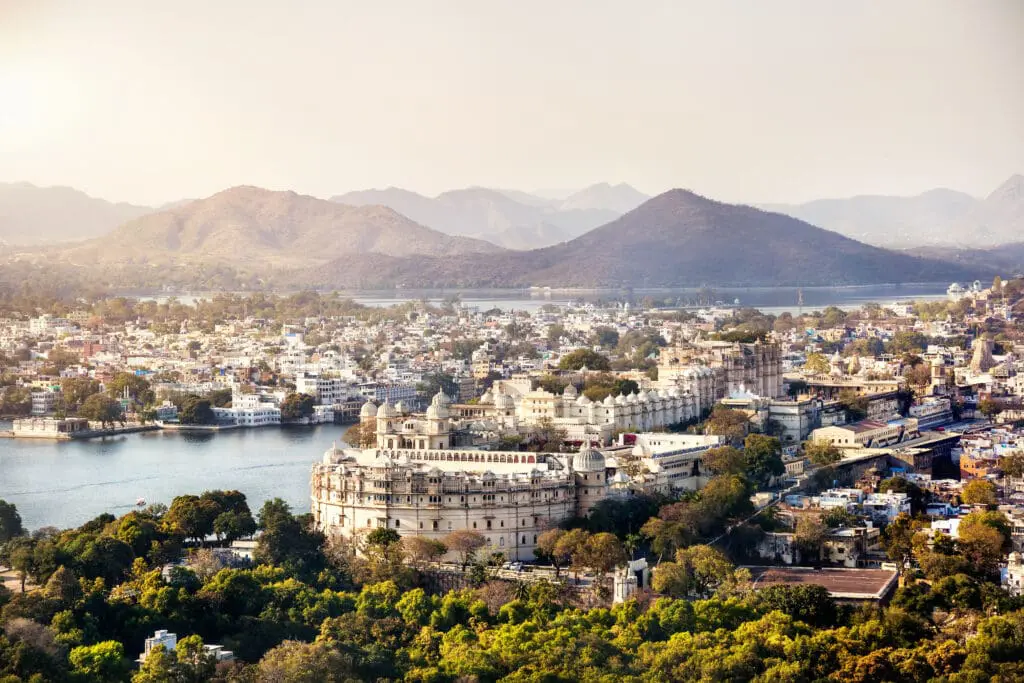We firmly believe that every Rajasthan holiday should include at least one stay in the countryside.
Not just to break up your journey — though that’s a welcome bonus during a long drive — but because this is where the real magic happens. Nearly 70% of India’s population lives in rural areas, and yet most travellers rarely give it enough time.
Vibrant villages, crumbling stepwells, sacred temples and once-grand forts are scattered across the rural landscape – and they’re every bit as fascinating as the big-name sights. Add in the chance to explore by bike, jeep, train or even horseback, and you’ve got a proper adventure.
You’ll also find some spectacular places to stay: from peaceful heritage homestays to restored palace hotels set in wild, unspoilt surroundings. These are places with a story or two (or three!). Bring your binoculars for birdwatching, settle into the slow rhythm of rural life, and discover a side of Rajasthan most travellers miss entirely. Trust us: this is where your trip will start to feel truly unique.
